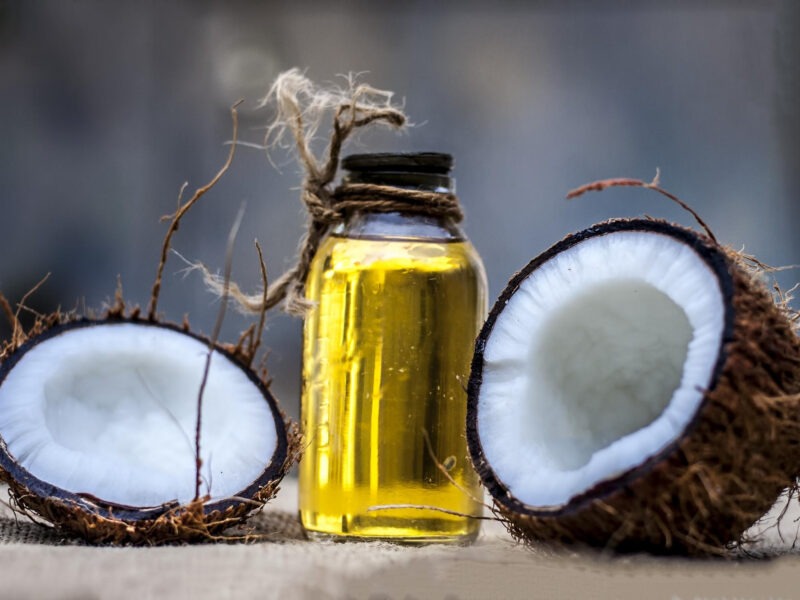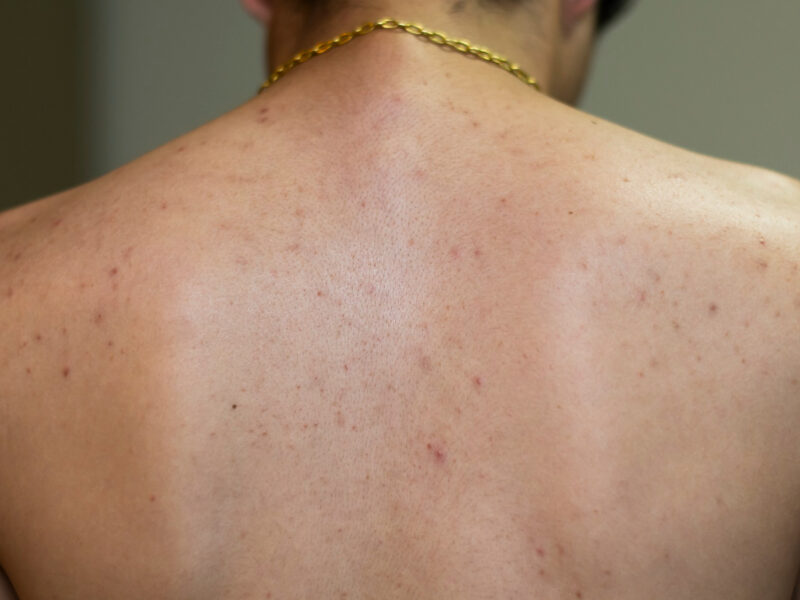How to Get Rid of a Stye: Your Simple and Effective Guide
Getting a stye can be both uncomfortable and a bit frustrating, right? It’s like one day you’re fine, and the next, you wake up with this annoying, painful lump on your eyelid. So, what exactly is a stye, and more importantly, how can you get rid of it quickly? Let’s dive into some straightforward and practical steps to help you say goodbye to that bothersome bump.
What Is a Stye, Anyway?
First things first: a stye, medically known as a hordeolum, is a small, painful lump that forms on your eyelid. It’s usually caused by a bacterial infection in the oil glands of your eyelid. Most styes are external and develop along the outer edge of the eyelid, but some can occur inside the eyelid as well.
Recognizing the Symptoms of a Stye
Do you think you might have a stye? Here are a few tell-tale signs:
- A red, swollen lump on your eyelid
- Pain and tenderness in the area
- A feeling like something is in your eye (grittiness)
- Sensitivity to light
- Watering of the eye
Simple Steps to Treat a Stye at Home
You’re probably wondering, “How can I get rid of this stye fast?” Here are some effective home remedies that can speed up the healing process:
1. Keep It Clean
First up, keep the affected area clean. Use a mild, tear-free soap and warm water to gently cleanse your eyelid. Avoid using makeup or wearing contact lenses until the stye is fully healed to prevent further irritation.
2. Apply Warm Compresses
The most recommended tip is to apply warm compresses to the affected eyelid. Soak a clean washcloth in warm water, wring it out, and place it over your eye for about 10-15 minutes. Do this four to five times a day. The warmth helps the stye come to a head and drain naturally.
3. Avoid Popping or Squeezing
It might be tempting, but do not pop or squeeze the stye. This can spread the infection and make the situation worse. Patience is key here!
4. Over-the-Counter Remedies
If you’re experiencing a lot of discomforts, over-the-counter pain relievers like ibuprofen can help reduce pain and swelling. There are also over-the-counter ointments formulated specifically for stye treatment. Just make sure to follow the instructions on the label.
When to See a Doctor
Most styes heal on their own within a few days to a week. However, if your stye doesn’t clear up within ten days, or if it becomes more painful and swollen, it might be time to see your doctor. Also, seek medical advice if you experience changes in your vision or if the stye recurs frequently.
Preventing Future Styes
Prevention is always better than cure, right? Here are some tips to help prevent future styes:
- Practice good hygiene by washing your hands and face regularly.
- Remove makeup every night before bed.
- Never share makeup or makeup tools.
- Replace makeup every 3-6 months to avoid bacterial buildup.
A Quick Recap
Remember, a stye is usually nothing to worry about and can be treated with simple home remedies like warm compresses and good hygiene. Just keep your eye clean, avoid irritating it further, and use warm compresses to speed up the healing process.
Conclusion
Dealing with a stye can be a bit of a nuisance, but with the right care, it’s something you can manage at home in most cases. Remember, if you’re ever unsure or if things seem to be getting worse instead of better, it’s always a good idea to check in with your healthcare provider. Here’s to clear vision and stye-free days ahead


